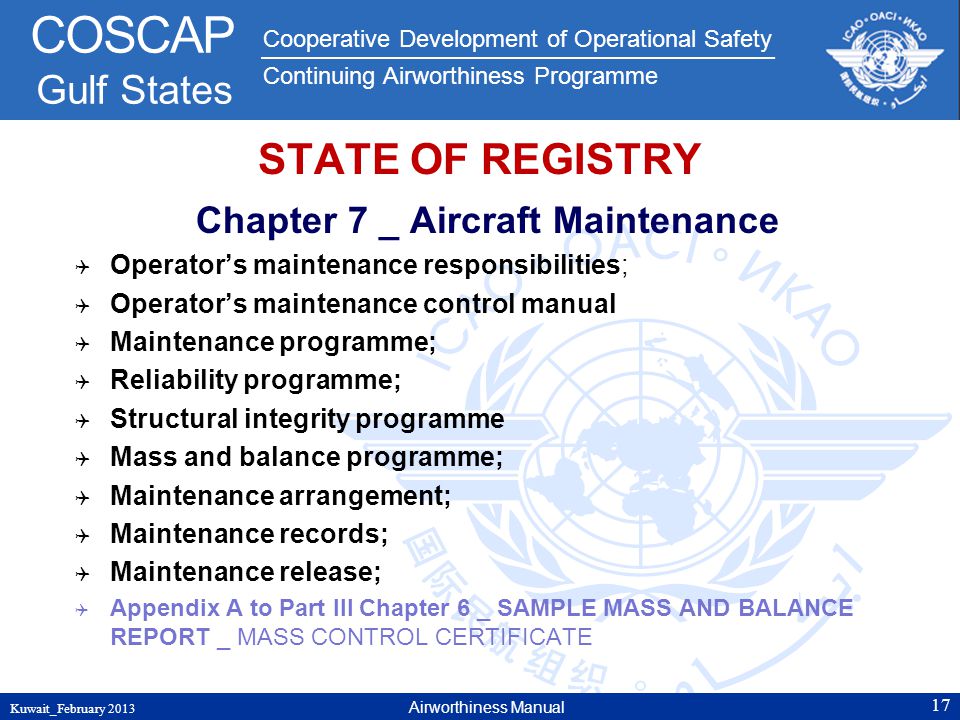Airline Maintenance Reliability Program
Posted : adminOn 5/29/2018
How to create an Approved Maintenance Program (AMP) for a commercial aircraft? What source documents are needed and how often must an AMP be revised?
The “Iceberg” of parameters for monitoring aircraft reliability. Source: Airbus Customer Services: Reliability Control Program Training. Parameters for Monitoring Aircraft Reliability in Exploitation For monitoring the aircraft reliability technical data obtained in operation as well as regular and extra inspections of an aircraft, its systems and components are evidenced. The data collected in that way are the basis for each reliability monitoring and the conclusions obtained and based on them depend on their accuracy and so the total result. The obligation of collecting the data lies on the air carrier according to the requirements of aviation regulations for keeping continuous airworthiness of aircrafts EASA PART M*, item M.A.302 (d) and acceptable ways of meeting the requirements AMC** M.A.708 (c).
The parameters monitored for aircraft reliability in operation are the following: • flight hours • flight cycles • technical delays • technical cancellation • pilot reports • technical staff reports • unscheduled component removals • component removals • in-flight shut down • unscheduled engine removals • shop visits. To facilitate comparisons between air carriers for the same type of aircraft the reliability indicators may be classified in four main groups: • general aircraft reliability indicators • structure reliability indicators • aircraft components reliability indicators • power plant reliability indicators. After collecting the data for a given month, they are statistically analysed and the data of aircraft availability and reliability obtained. The parameters are to be monitored as a large whole, so that the reliability programme would be as effective as possible. This may be well illustrated by an “iceberg”, Figure 1. In Figure 1 it is evident that the reports and complaints (of pilot/technical staff) themselves do not indicate which problem has the largest effect on aircraft operations and that operative interruptions (technical occurrence, interrupts in flight, failures) show only the tip of the “iceberg” and not the cause of the problem. Interpretation of the Results of Reliability Monitoring When all the data for a given month are collected, calculations follow showing the reliability level of the aircraft, its components and systems.
The systems and the components of an aircraft are classified according to ATA-100 specification, which is a standard documentation for all commercial aircraft. According to ATA-100 specification, an aircraft is divided into systems and subsystems. The systems are constituted of a power plant, structure, electric systems and similar. Subsystems include particular parts, which together make one system. They are all specified by a multi-digit ATA number, where the subsystems of one system have the same two digits as the ATA number of the system they form. Drivers For Asrock Motherboard P4i45gv- Download Fast. Aircraft Availability For aircraft availability assessment as an indicator “an average number of available aircraft of a fleet in an observed period” is usually used.